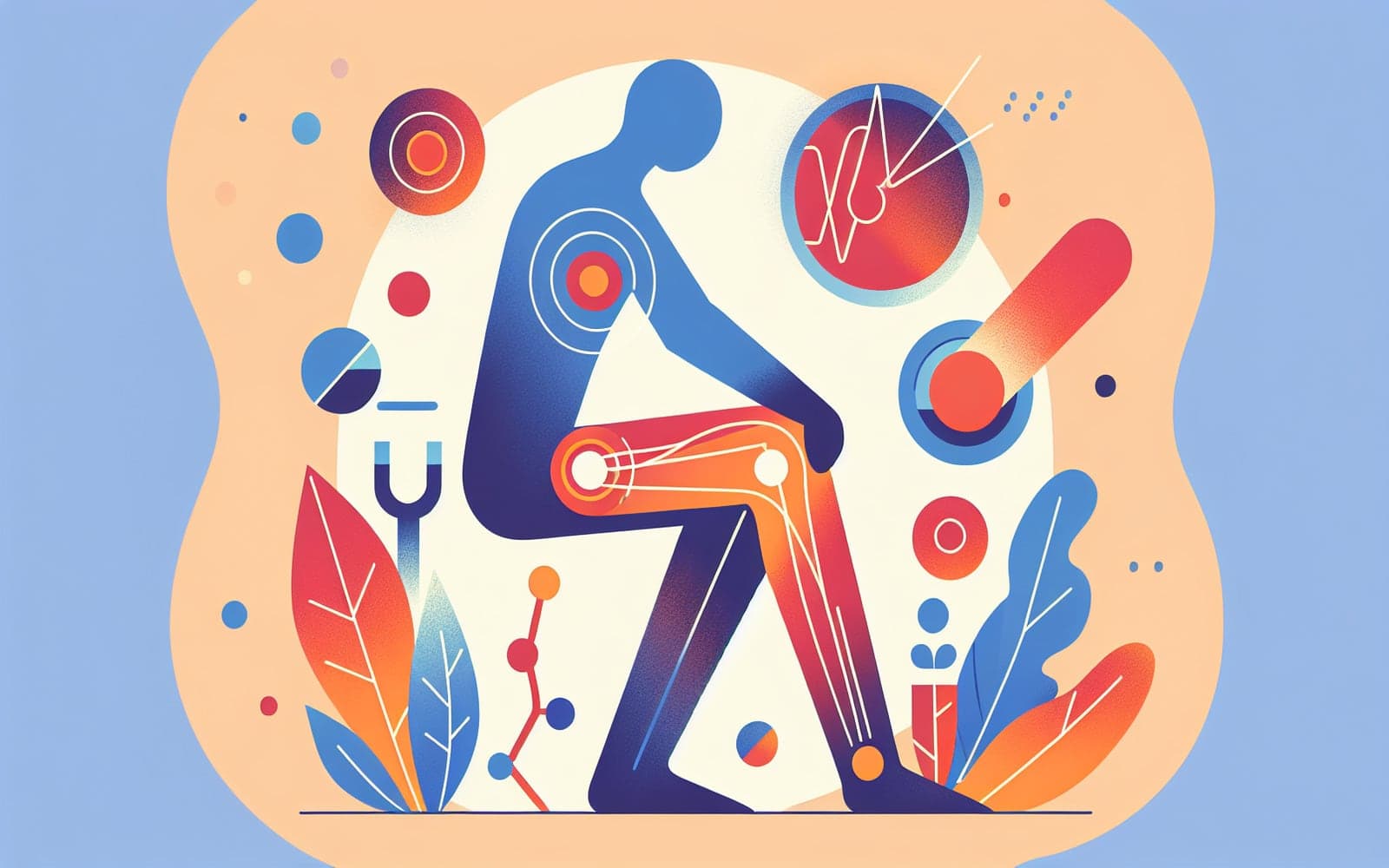Do You Suffer from Chronic Leg Pain? It Could Be Chronic Exertional Compartment Syndrome!
Published: Sep 12, 2024

Medically reviewed by Jerome Albert Ecker | MD, Assistant Professor of Medicine, Duke University - Durham, NC on September 12th, 2024.
Chronic exertional compartment syndrome (CECS) might just be the mystery behind your persistent leg pain, especially if you're a young athlete. This article unravels the causes, symptoms, and potential remedies for this elusive condition.
Contents
Understanding CECS: The Basics
CECS occurs when the pressure in a muscle compartment increases, affecting blood flow and causing pain during exercise. Often affecting runners, it typically manifests in the lower legs. Symptoms usually subside quickly after stopping the activity.
Who Is at Risk?
CECS primarily affects young athletes, with a significant presence in runners and military personnel. Sudden increases in training intensity or volume may contribute to its onset. It's important to note that CECS is often underdiagnosed.

Hallmarks of CECS Symptoms
Aching, tightness, or cramping in the legs during exercise are common symptoms of CECS. These symptoms are reproducible and disappear after rest. Neurologic symptoms like numbness can occur, adding to the discomfort.
Frequently Asked Questions
CECS is a condition where muscle pressure increases during exercise, causing pain.
Young athletes, especially runners, are commonly affected.
The pain occurs during exercise and resolves after rest.
Yes, though it's rare, CECS can affect the forearms and hands.
Key Takeaways
Could your persistent leg pain be CECS? It's worth asking your doctor.
Next steps: If you suspect CECS, talk to Doctronic, the AI doctor, for more insights.Related Articles
References
Barnes M. Diagnosis and management of chronic compartment syndromes: a review of the literature. Br J Sports Med 1997; 31:21.
Schubert AG. Exertional compartment syndrome: review of the literature and proposed rehabilitation guidelines following surgical release. Int J Sports Phys Ther 2011; 6:126.
This article has been reviewed for accuracy by one of the licensed medical doctors working for Doctronic. Always discuss health information with your healthcare provider.

